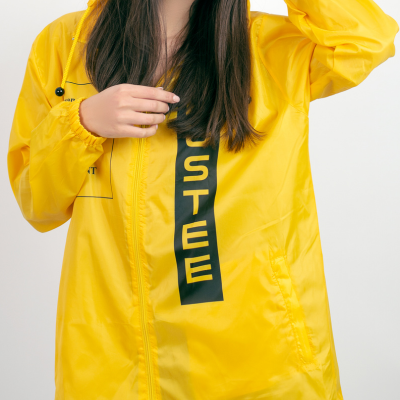Into the AF+ Advice Box
Need Advice? Talk Queer to Us
Have a dream you want interpreted or a question for the tarot?
Article Roundups
Astrology, Tarot & Witchcraft
Malaika
Astrology, Tarot & Witchcraft
Malaika
Astrology, Tarot & Witchcraft
Malaika
Astrology, Tarot & Witchcraft
Malaika
Featured Archive
into the af+ advice box
How Should We Deal with My Fiancé’s Trumpy Dad on Our Wedding Day?
Malaika
—
out the movies
Out the Movies: ‘Julia’ (1977) Wants Us To Do the Right Thing
Malaika
—
letter from your editors
Letter From the Editors: We Want To Hear From You
Malaika
—
Dykes Discuss
Dykes Discuss ‘The White Lotus’ Season Three
Malaika
—
Advice Box – New
My custom title
My custom description
Become a Member
Become a Member to support queer journalism
LEARN MORE

Block Title
Subtitle
Made from recycled plastics and in a variety of fun colors, the Zinken headphones are making us want to go old school and plug back in. Zinken is a well-balanced headphone with loud and clear sound, making it the perfect tool in the DJ booth. Wired with a reversible TurnCable™ there is no need to worry about adaptors. The tough yet flexible on-ear construction feel comfy, no matter how long and rowdy your gig gets.

















